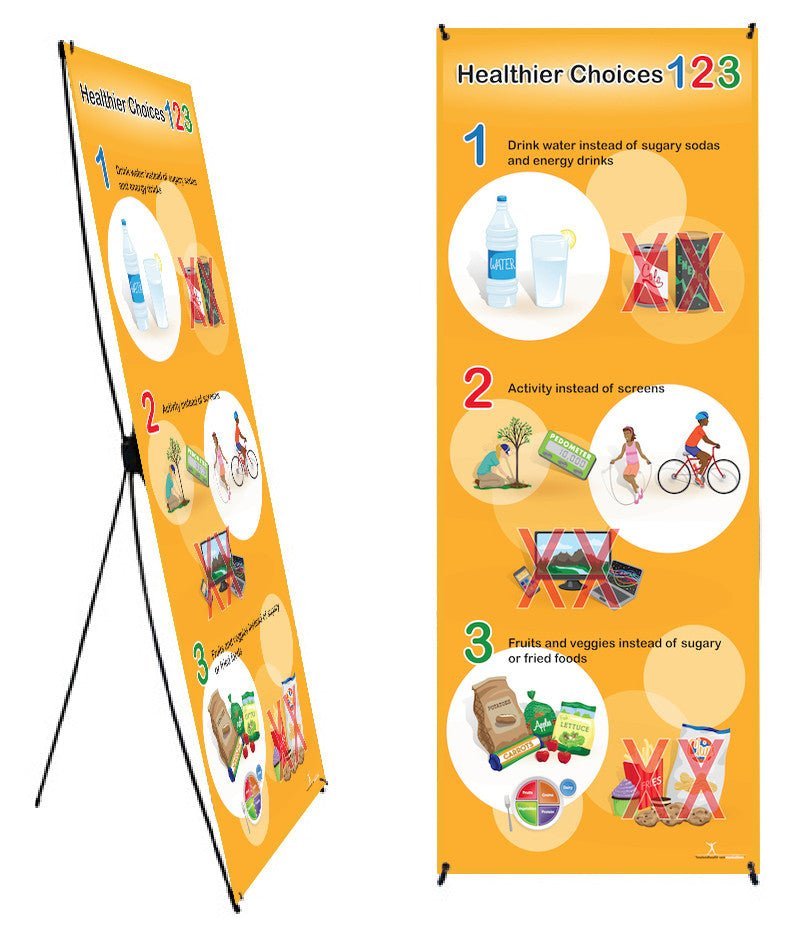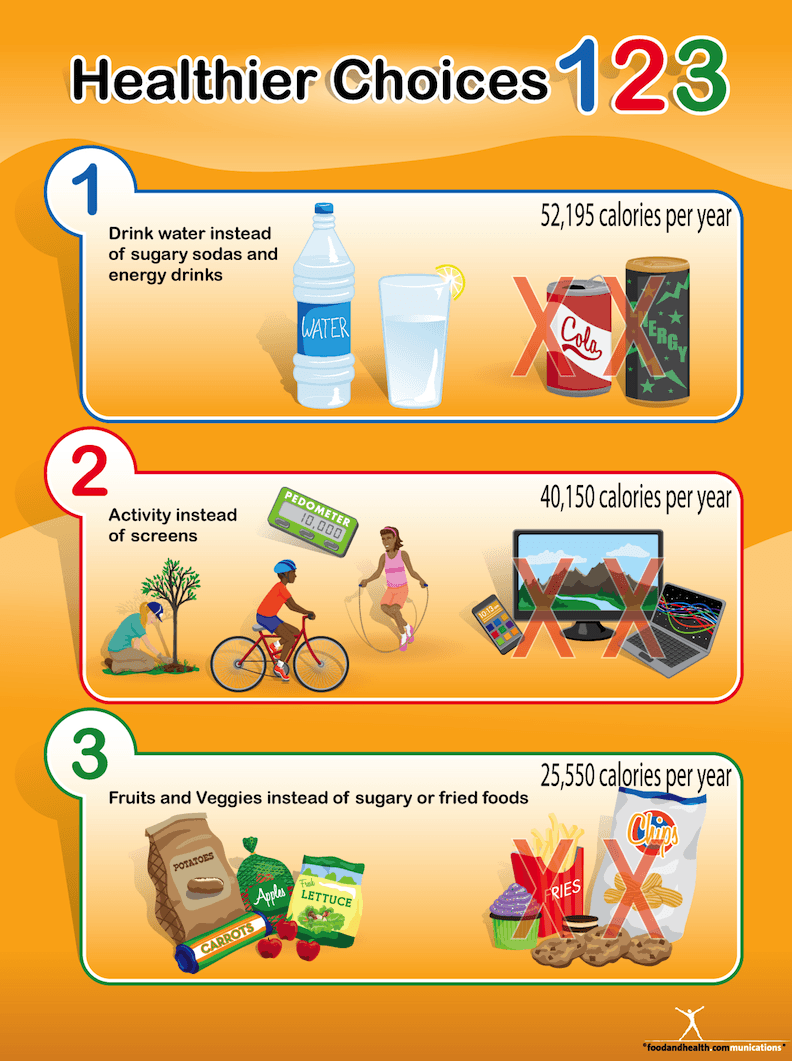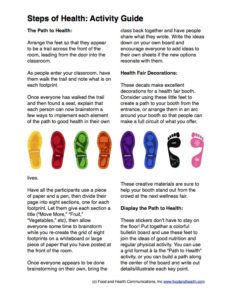COVID-19 has changed many people’s exercise habits. Some of us are getting outside more with the kids, taking walks, hiking, and cycling. Others miss the gym and group exercise classes, finding it hard to get motivated to move on our own.
Even if you’re exercising regularly, it’s also important to sit less and move more throughout the day. Working from home probably impacts this type of movement. Maybe you’re not walking from the bus stop to the office building anymore. Maybe you’re not leaving your desk for meetings. And taking a break could mean just walking a few steps to the kitchen or bathroom.
Our Workday Workout Poster provides tips to help people sit less and move more during the workday. Here’s how to tweak the message for those working from home due to COVID-19:
- Turn your commute to a workout: If you no longer have a commute, take a walk or ride your bike around the block before you start your workday.
- Hit the gym at lunchtime: If going to the gym isn’t an option, plan on doing a workout video when you break for lunch. Or schedule three 10-minute exercise videos throughout your day. YouTube has plenty of choices for all levels and time constraints.
- Walk while you talk: You can still do this! Walk around the house while you talk on the phone. Take a walk outside if you’re on a longer phone call or virtual meeting when it’s appropriate.
- Work standing up: Ask your boss about getting a standing desk for home. If that’s not an option, try putting your laptop on the kitchen counter or an ironing board. Make it a habit to stand up during conference calls or virtual meetings.
- Meet, don’t just text: When you’re in the office, you can walk over to a co-worker’s desk instead of texting or sending an email. When you’re working from home, you’ll have to be more creative, unless your co-worker is your neighbor! One option is to think about who you could walk to see if you were in the office. When you’re ready to send them a message, get up and walk around the house or up and down a flight of stairs just before (or right after) you hit send.
Some of these tips might seem small, but getting into the habit of doing lots of smaller things will ensure that you’re moving more throughout the day no matter where you’re working.












